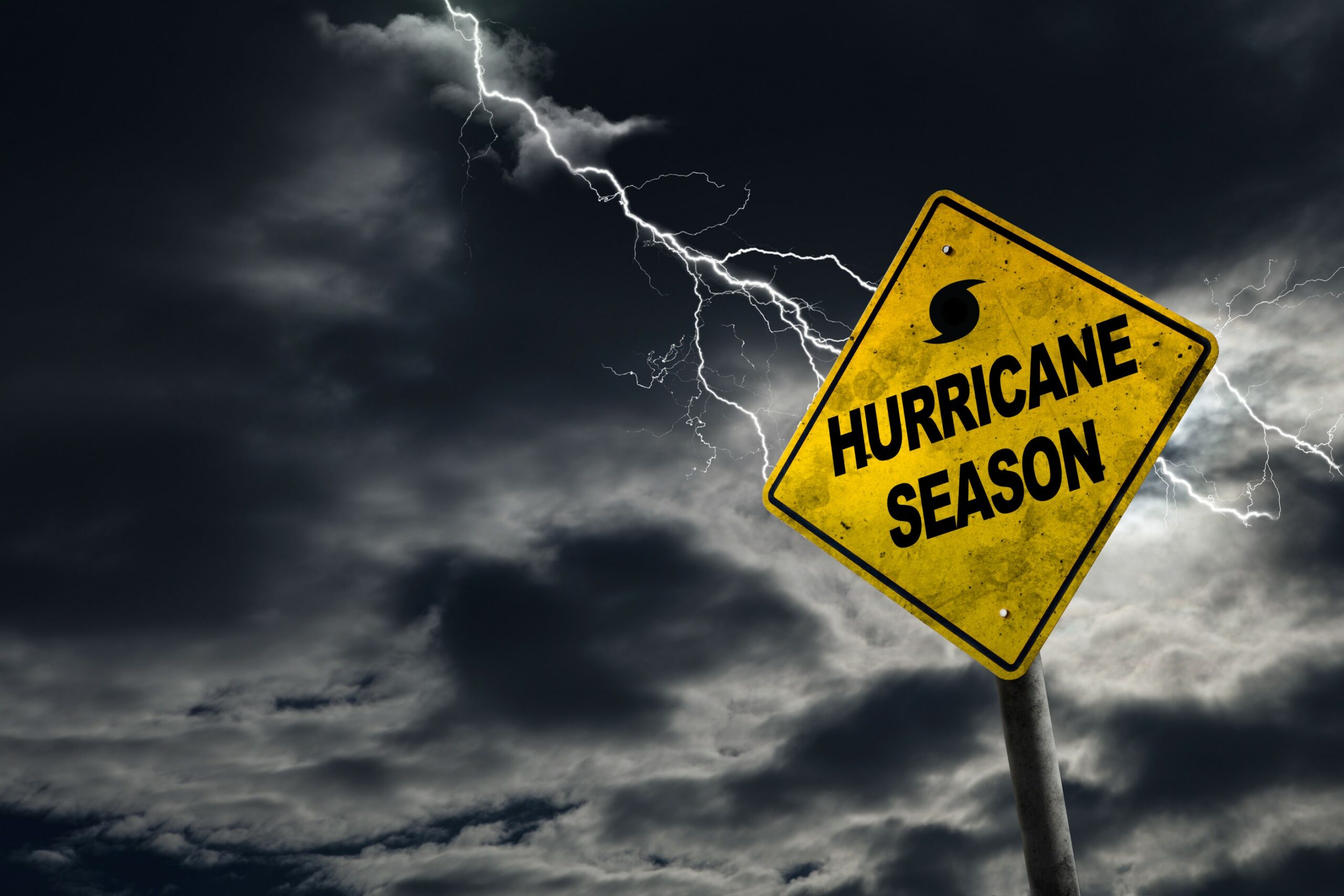
Heavy Rain, Flooding, and Chance of Severe Weather Staring Down the Southern U.S.
January 22, 2024
Posted: April 6, 2023 10:46 am





With Atlantic hurricane season right around the corner, it is a good time to look back at last year’s biggest storms. The World Meteorological Organization (WMO) recently announced that it has retired the hurricane names Ian and Fiona.
The retirement of Fiona and Ian brings the total number of names that have been put out of circulation at 96 since the modern naming system first started in 1953. Storm names are typically retired if they are especially deadly and destructive. As a matter of sensitivity to the lives lost, the WMO said that these names were retired due to the mass devastation that they brought to a large part of the Caribbean, the U.S., and Atlantic Canada.
The two retired names will be replaced by Farrah and Idris. This is in line with the tradition of using six rotating lists of set names to identify storms as they pop up in the Atlantic and the Eastern Pacific. The Central Pacific uses four different rotating lists.
Although hurricanes have been named in some form since the 1800s, it was not until 1952 that a modern phonetic alphabet was introduced to assign storm names on a global scale. The National Hurricane Center (NHC) has confirmed that this was also the year that the U.S. began to assign storms female names. The female-only list stayed in place until 1978 when the storms in the East Pacific were assigned male names. By 1979, both male and female names were assigned for the Atlantic basin.
Looking back at the 2022 Atlantic hurricane season, it is not surprising to learn that Hurricane Fiona and Hurricane Ian were retired. Fiona made its first landfall on the southwestern coast of Puerto Rico on September 18. The initial landfall happened as a Category 1 storm, packing maximum sustained winds of 85 mph.
Winds of this magnitude triggered an island-wide blackout across the entirety of the U.S. territory. The severe flooding also caused many issues for the vulnerable island. Fiona made a second landfall just 12 hours later in the Dominican Republic with slightly stronger winds.
The storm then headed out to the warm and open ocean waters of the Atlantic Ocean where it hit the status of a Category 4 storm. Fiona was listed as a Category 3 hurricane when it roared across the Turks and Caicos.
But Fiona was not done yet. The storm made its way to the north, striking Atlantic Canada as a post-tropical cyclone. By the time it was done battering this part of Canada, Fiona was distinguished as the most expensive force of nature to hit the region.
Fiona was blamed for 29 deaths and over $3 billion damages.
Hurricane Ian was even more deadly and costly than Hurricane Fiona. Ian first made landfall as a Category 3 hurricane on September 27 in the province of Pinar del Rio in Cuba. The storm then picked up more intensity as it found the bathwater-warm waters of the Gulf of Mexico.
Forecasters had originally predicted that Ian would slam into the Tampa Bay Area. However, the storm took a turn to the south at the last minute and came on shore in Lee County as a strong Category 4 storm. Fort Myers Beach and Sanibel Island were nearly wiped out by this ferocious storm.
A new report is detailing how Ian actually hit the benchmark for a Category 5 storm just prior to landfall. Released on April 3 by the NHC, this report is the last analysis of the massive storm. Meteorologists reanalyzed the data, discovering that Ian was stronger than had been initially reported.
The latest analysis found that peak winds within the center of the storm hit 160 mph roughly seven hours prior to landfall. Winds of this speed put it at the benchmark needed for a Category 5 storm. The previous report listed the top wind speed at 155 mph, 2 mph short of a Category 5 designation.
Ian did not remain a Category 5 storm for long with the hurricane losing some wind intensity right before coming on shore. The storm then cut across the Florida peninsula, leaving a trail of severe destruction behind it. Hurricane Ian also impacted the Carolinas after it came back out into the Atlantic.
Ian was responsible for at least 149 deaths, distinguishing it as the deadliest hurricane to hit the Sunshine State since 1935. Winds hit over 100 mph, accounting for a large part of the damage. The total damages from Ian was estimated at over $112 billion in just the U.S.
The official start of the 2023 Atlantic hurricane season is June 1. The initial long-term forecasts suggest a season with a slightly lower number of named storms when compared to historical averages. However, it is important to remember that these predictions are not an exact science.
Storms will be assigned a name once they hit the status of a tropical storm, defined as maximum sustained winds of at least 39 mph. Arlene is one of the first hurricane names up for the 2023 list, followed by Bret, Cindy, and Don.
Did you find this content useful? Feel free to bookmark or to post to your timeline for reference later.

January 21, 2024

January 19, 2024

January 18, 2024